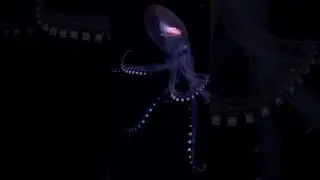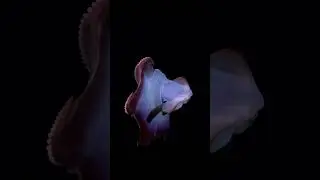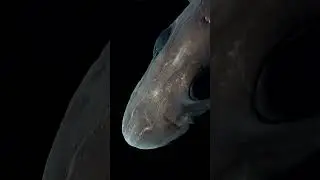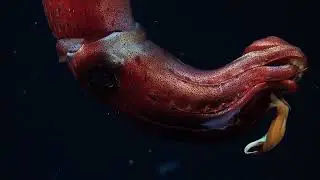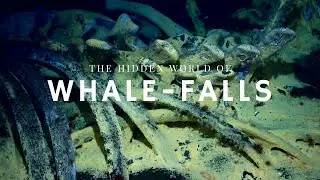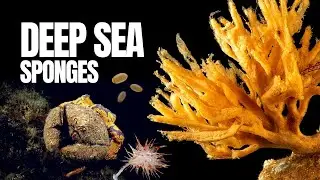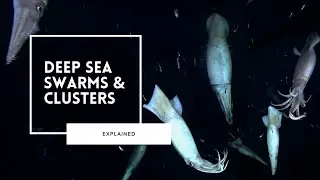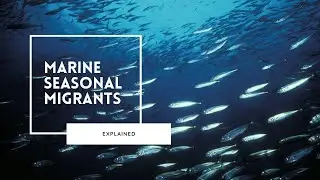Facts about the Komodo Dragon
Welcome to another episode of Natural World Facts!
This fact file is all about the Komodo Dragon in the series Reptiles and Amphibians.
Brief Overview:
Komodo Dragons are the world’s largest living lizards. They are native to Indonesia and are locally known as an ora, or land crocodile. The size of an average male Komodo dragon is 8 to 9 feet, which is 2 metres and they can weigh up to 200 pounds. Females can grow to 6 feet, which is 1.8 metres. The average lifespan of a Komodo Dragon is more than 30 years.
Appearance:
Komodo Dragons can be identified by their large size, flat heads, long muscular tails and strong legs for reaching speeds up to 13 miles per hour (20kph). They also have long, sharp claws for climbing trees. Their skin is tough and very thick, coated with bony plates called osteoderms.
Diet:
Komodo Dragons are carnivores, meaning they only eat meat. They are very fierce hunters, meaning they can eat very large prey, including water buffalo, deer, pigs, carrion and even humans. They will even eat smaller dragons, and can consume up to 80% of their body weight in one feeding. Komodo Dragons have very good vision, being able to see objects as far away as 985 feet (300 metres). Their sense of smell is their main way of detecting prey. They use their forked tongues to taste the air and special organs in their mouths analyse the airborne molecules to pick up an animals scent. Komodo’s have a very unique way of killing their prey. Firstly, they will spring up and knock over the prey with their huge feet. They then use their sharp serrated teeth to rip their prey to shreds. If it escapes, it will die within 24 hours from blood poisoning. With its amazing sense of smell, the dragon will find the dead animal and finish its meal.
Habitat:
Komodo Dragons can only be found on five islands in the wild, each within the Komodo National Park in Indonesia. They inhabit tropical dry forests, savannah and deciduous monsoon forests. They prefer extreme heat, around 95 degrees Fahrenheit (39 degrees Celsius).
Breeding:
Komodo Dragons tend to be solitary outside of the mating season, which is between May and August. Females will lay up to 30 grapefruit-sized eggs each in September. The incubation period is around 3 months. Female Komodo’s also build fake ‘decoy’ nests to confuse predators and to keep the eggs safe. Female’s can also give birth through asexual reproduction, meaning they don’t need a male to fertilise their eggs for them to hatch.
After birth, the newborn dragons aren’t cared for by their parents. In fact, they quickly run away up trees to avoid being eaten by their mothers or other dragons.
Status:
The Komodo Dragon is listed as vulnerable on the IUCN red-list for threatened species. There are an estimated 6000 left in the wild and they are protected within the Komodo National Park.
Natural World Facts is a channel dedicated to bringing you fascinating facts about our natural world, and the wonderful animals that we share it with.
Subscribe for more videos!
Leave a suggestion in the comments for what animal you would like to learn about next.
OUR WEBSITE: http://goo.gl/Ngj5V6
TWITTER: http://goo.gl/U4T8JX








